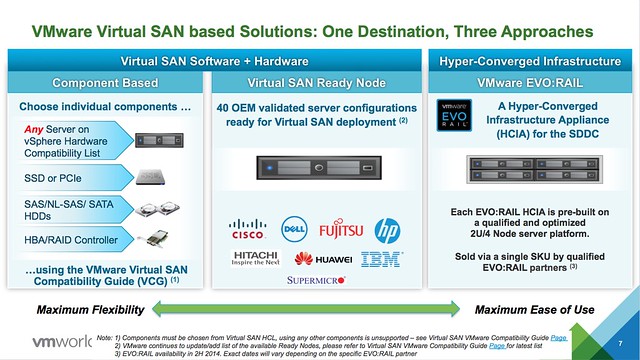I just noticed there has been an update to the VSAN HCL. When I now do a search for a disk controller (vmwa.re/vsanhcl) it immediately shows the queue depth of the controller. This will make life a lot easier, especially for those who prefer to build their own Virtual SAN node instead of using a Ready Node configuration. Although it is just a minor detail it is useful to know, and will definitely make life a lot easier when configuring your component built Virtual SAN nodes.

 I’m the lead engineer, designer and software architect of the EVO:RAIL platform. I joined VMware about two and a half years ago. I started out in Integration Engineering, I got to see and experience a lot of the frustration that is often seen when trying to install, configure and integrate our technology. I’ve pretty much worked in web application engineering my entire career that has given me a really broad experience across consumer and enterprise technology. Before VMware I was the CTO of a really cool VC funded start-up in the UK as well as being the lead engineer over at McCann Erickson’s EMEA HQ.
I’m the lead engineer, designer and software architect of the EVO:RAIL platform. I joined VMware about two and a half years ago. I started out in Integration Engineering, I got to see and experience a lot of the frustration that is often seen when trying to install, configure and integrate our technology. I’ve pretty much worked in web application engineering my entire career that has given me a really broad experience across consumer and enterprise technology. Before VMware I was the CTO of a really cool VC funded start-up in the UK as well as being the lead engineer over at McCann Erickson’s EMEA HQ. 